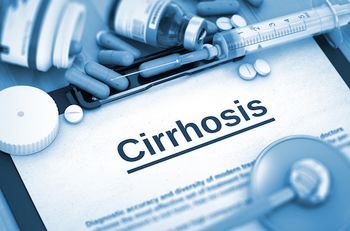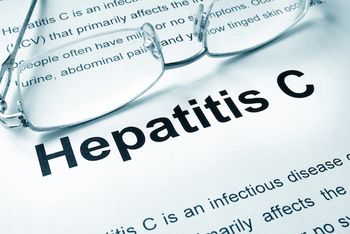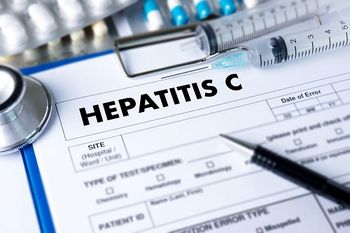
This week’s Public Health News Watch focuses on news that the new American Healthcare Act (AHCA), recently approved by the House, reportedly will not cover those with preexisting conditions.

This week’s Public Health News Watch focuses on news that the new American Healthcare Act (AHCA), recently approved by the House, reportedly will not cover those with preexisting conditions.

Should clinicians be extra vigilant when deciding who receives antiviral therapy, or are the adverse effects few and infrequent?

In case you missed them, here are our top 5 articles for the week of April 30, 2017.

A study using the Taiwan National Health Insurance research database investigated the efficacy of statin use on preventing the development of liver decompensation in patients with different cirrhosis etiologies.

Many women who are infected with hepatitis B (HBV) during pregnancy go untreated, leaving their offspring at risk for a chronic HBV infection.

Researchers from Zhejiang University in China take a closer look at how the incidence of different infectious diseases have changed in the first decade after the SARS outbreak.

Not much is known about how the genetic makeup of the virus impacts infected individuals, at least, until now.

The World Health Organization just published the first ever Global Hepatitis Report, which notes that the viral hepatitis mortality rate is increasing worldwide, while deaths caused by HIV and tuberculosis continues to drop.

Liver health education seems to be absent from the final draft of the National Academy of Science's Strategy for Eliminating Viral Hepatitis B & C.

Researchers from the Center for Disease Analysis investigated the incidence of hepatitis C in the European Union (EU) and examined the measures that would be needed to achieve the World Health Organization’s ultimate goal of eradicating the disease by 2030.

Doctors Without Borders and humanitarian groups across Europe are coordinating their opposition to Gilead Sciences Inc’s patent for hepatitis C treatment sofosbuvir, the basis for the biopharmaceutical giant’s Sovaldi, Harvoni, and Epclusa drugs.

The US Food and Drug Administration just approved indications for two hepatitis C drugs to be used in pediatric patients.

In case you missed them, our top 5 articles for the week of March 12, 2017 are highlighted here.

Researchers posit that increased direct-acting antiviral (DAA) coverage can work to completely eradicate hepatitis c virus (HCV) in some populations of HIV-positive coinfected patients.

Hepatitis C virus is the world’s most prevalent blood-borne viral infection for which a vaccine does not exist. To eliminate HCV infection on a global scale, experts argue that vaccine development needs to become a public health priority.

When the US Preventive Services Task Force (USPSTF) recommended that all baby boomers undergo a one-time hepatitis C screening in 2013, testing prevalence increased. However, the rate is still lower than officials would like to see.

According to Tour n’ Cure, an Egyptian initiative that aims to rid the world of hepatitis C, Egypt aims to give program participants an opportunity to receive full treatment at an extremely low cost, while touring “the land that gave birth to the first great civilization.”

Penn State researchers have been granted $2.35 million to go towards finding a way of better predicting infectious disease outbreaks.

Should practitioners administer these drugs to patients with advanced liver disease, despite the risks?

Did you read this week’s top infectious disease news coverage from Contagion®?

Kenilworth, New Jersey-based Merck, will take a loss of $0.22 a share from last year’s fourth quarter. This will account for a total loss of $2.9 billion, or $1.9 billion after taxes. The pharmaceutical giant had previously reported a profit of $0.42 a share for that period.

It is becoming increasingly clear that the hepatitis C virus (HCV) can wreak havoc on a patient’s psychological well-being, even in the absence of a continued viral presence.

Elimination of viral hepatitis depends on individuals actively participating in their own healthcare and management. They can only do this if they understand why and how to protect their miraculous, life-sustaining liver from harm. Education is the key to prevention.

Researchers recently examined data from 21k+ patients in the Veterans Affairs healthcare system to determine if a correlation exists between race or ethnicity and the efficacy of direct-acting antiviral (DAAs) for the treatment of hepatitis C (HCV).

Five patent challenges on medications to treat hepatitis C virus were recently filed in Argentina and India.